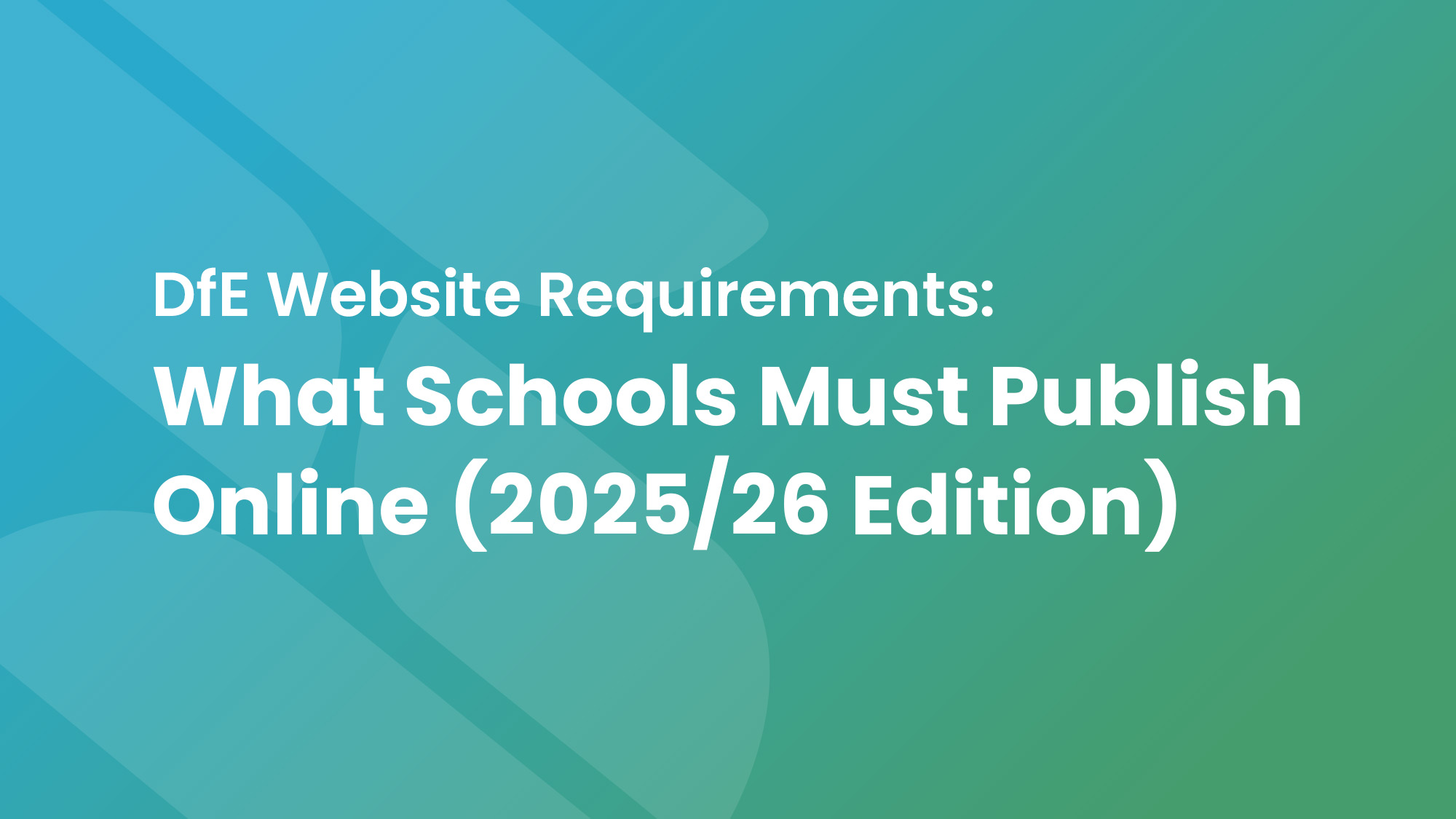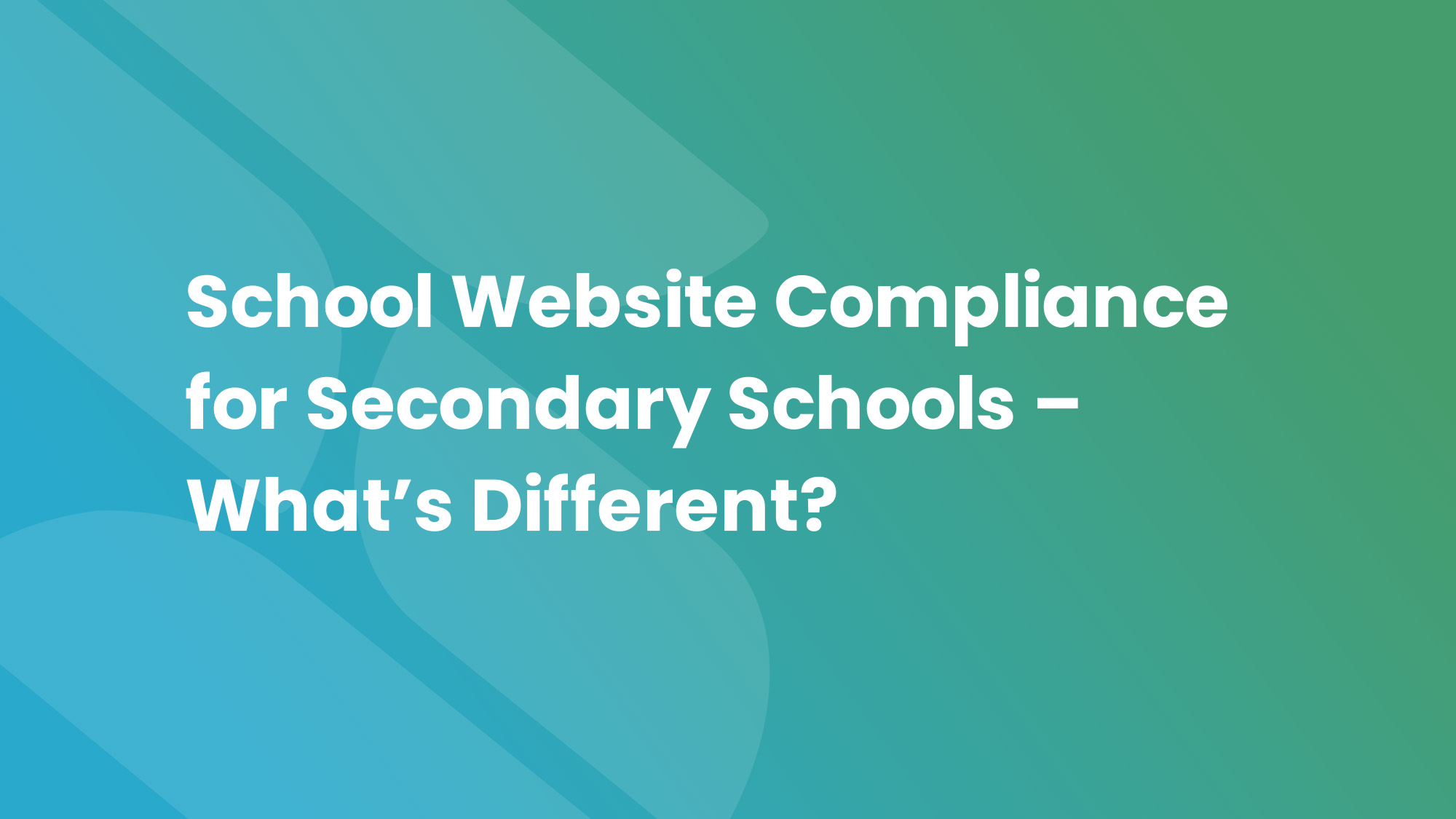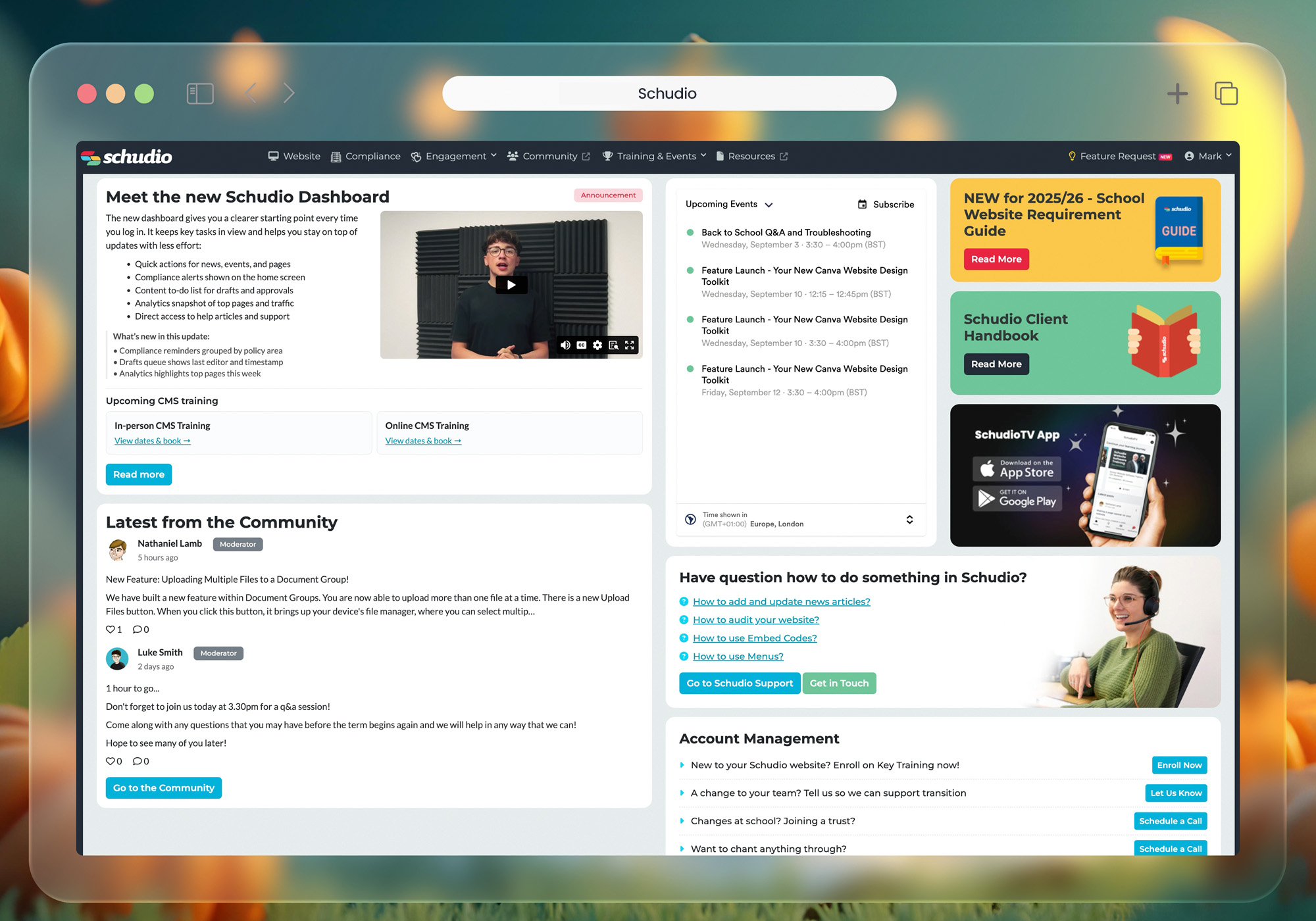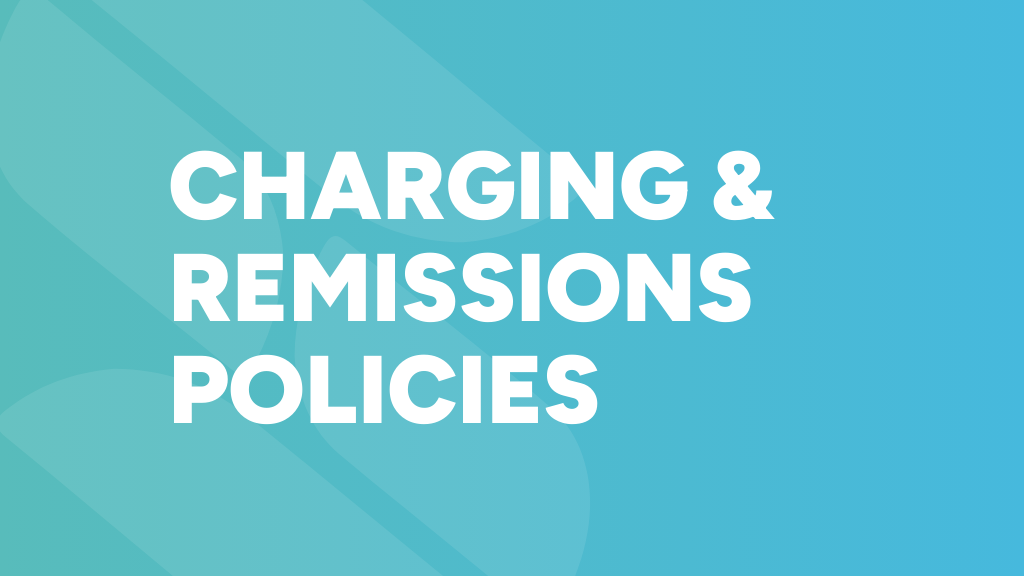DfE Website Requirements: What Schools Must Publish Online (2025/26 Edition)
DfE Website Requirements: What Schools Must Publish Online (2025/26 Edition)

Meeting the Department for Education (DfE) website requirements isn’t just about ticking boxes—it’s about ensuring transparency, building trust, and demonstrating excellence. Whether you’re managing a maintained school, an academy, a voluntary aided school, or a multi-academy trust, your school website must publish specific statutory content every academic year.
In this guide, we’ll walk through the latest DfE website requirements for 2025/26, what has changed, and how schools can ensure their websites remain fully compliant, accessible, and helpful for families, inspectors, and the wider school community.
If you’re looking for a fully actionable resource, download the latest version of the full School Website Requirements Guide.
Why Complying with DfE Website Requirements Matters
Schools and academy trusts must publish statutory information online in accordance with government guidance. These expectations form part of a school’s legal obligations and are often used by inspectors and parents to evaluate a school’s governance, curriculum, and ethos before setting foot on site.
A failure to comply can lead to compliance issues during inspections and undermine parent confidence. It’s therefore crucial to approach website compliance with the same rigour as internal policies and safeguarding procedures.
What Schools Must Publish (Key Requirements for 2025/26)
Here’s a breakdown of what schools must publish on their websites in the 2025/26 academic year:
1. Contact Details
Schools must publish:
-
The school’s name, postal address, and telephone number
-
The name of the person responsible for queries from parents/public (often the office manager or headteacher)
Academy websites should also include contact details for the trust, including postal address and company registration number.
2. Admission Arrangements
For maintained schools, you must publish your admission arrangements or link to where they can be found on the local authority website.
-
If you’re a selective school, you must publish the school’s admission criteria and explain how to manage in-year applications.
-
Admission Appeals arrangements must also be included for those not offered a place.
3. Ofsted Reports
Your most recent Ofsted report must be published or linked to from your website.
4. Exam and Assessment Results
Schools must publish performance measures for Key Stage 2 and Key Stage 4 where applicable, using the most recent academic year’s data available from the DfE. Make it clear that this information reflects the most recent validated data.
5. Curriculum Information
This must include:
-
The content for each subject and year group
-
How the curriculum is adapted for pupils with special educational needs
-
A list of mandatory subjects offered across Key Stages
-
Information on technical education, particularly at secondary school level
-
For Key Stage 4: qualifications offered, how parents can find out more, and careers guidance approach
Clear curriculum maps help demonstrate compliance and improve parental understanding.
6. Pupil Premium and PE & Sport Premium
You must publish:
-
How much premium funding the school receives
-
How the funding is used and its impact
-
A plan for sustaining the improvements made
This includes detailed use of the pupil premium and PE and sport premium (by 31 July) each year.
7. Public Sector Equality Duty
Schools and trusts must:
-
Publish an equality policy statement
-
Set equality objectives
-
Explain how you are meeting the requirements under the Equality Act 2010
This information should be clear and updated at least every four years.
8. Special Educational Needs (SEND) Information
This includes:
-
A SEND Information Report in line with the SEN Code of Practice
-
How your school supports children and young people with SEND
-
Links to relevant local authority offers
-
Don’t just rely on local authority information, it is important that you customise the content you share to be specific to your setting, even in the local authority manages this for you.
9. Governance Information
You must publish details of:
-
The governing body or academy trustees
-
Roles, responsibilities, and terms of office
-
Attendance at body and committee meetings
-
Relevant business or material interests arising from governance roles
-
Your funding agreement (for academies)
This section is a legal requirement and should be updated annually.
10. Financial Information
Academy trusts must publish:
-
Their annual accounts
-
Executive pay: anyone earning over £100,000 in gross annual salary
-
Pay gap reporting (gender) if applicable
This section promotes accountability and good governance.
Recent Changes in the 2025/26 School Year
The DfE website requirements for 2025/26 introduced several important refinements:
-
More emphasis on accessibility: All published online information must be screen-reader friendly and compliant with WCAG 2.1 standards.
-
Improved curriculum visibility: Schools must provide curriculum overviews for each key stage, and MATs are encouraged to show how curriculum is coordinated across their schools.
-
Clarity on equality and pay gap reporting: There is now clearer statutory guidance around the publication of public sector equality duty information and executive pay—even for smaller voluntary aided schools and voluntary controlled schools.
-
Compliance for Multi Academy Trusts: New expectations for MATs to clearly separate school-level and trust-level governance information on each academy website.
-
Enhanced guidance on policy presentation: Schools must now ensure policies such as safeguarding, behaviour, school uniform, and complaints procedures are easy to locate and updated annually.
How to Keep Your Website Compliant All Year Round
1. Use a Checklist
Schudio’s free School Website Requirements Checklist covers everything schools and trusts must publish. It’s updated each time the DfE updates its guidance documents.
2. Work Systematically
Review your school website every term. Set reminders for updated annually requirements and maintain a consistent style across your site.
3. Make Content Easy to Navigate
Avoid long lists. Group documents like child protection policies, behaviour policies, or governance information by category and use clear titles and links.
4. Don’t Forget the Paper Copy
The DfE states that a paper copy of the information must be available free of charge if requested. Make sure your school office is aware.
5. Keep Accessibility in Mind
Every document and page should be:
-
Easy to read
-
Available in a screen-reader-friendly format (usually PDF or HTML)
-
Linked clearly from your homepage or “Key Information” section
The Schudio Approach: MAT Portal and Expert Audits
At Schudio, we support over a thousand schools and trusts across the UK in maintaining fully compliant websites. Here’s how:
✔ Expert Website Audits
We offer manual audits of school and trust websites, carried out by real humans—not bots. These audits check for compliance, structure, accessibility, and best practice.
✔ Schudio MAT Portal
Our MAT Portal allows trusts to:
-
Manage policy updates and compliance across all school websites
-
Monitor audit status at school and trust level
-
Reduce workload and duplication
It works with any school website provider, not just Schudio sites.
✔ Monthly Compliance Workshops
We also run free monthly workshops where school leaders and web managers can:
-
Get live feedback on their websites
-
Ask compliance questions in real time
-
Stay ahead of inspections
👉 Join our next School Website Compliance Workshop
Final Thoughts
Meeting DfE website requirements is about more than checking off a list. It’s about showcasing your school’s strengths, building parent trust, and ensuring that your digital presence aligns with your values and your vision.
If you’re unsure whether your school or trust is compliant, get in touch with our team. We’ll walk you through a plan to update your content, structure your website more clearly, and stay ahead of every requirement from the DfE.










